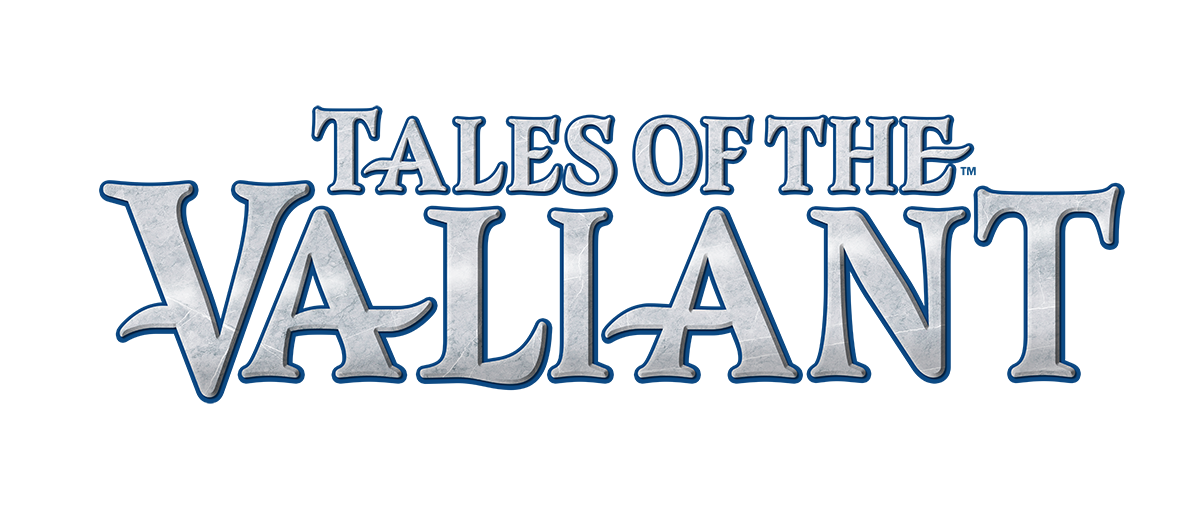
Playtesting is one of those processes where all things are possible, until suddenly it is clear that they aren’t. As a designer, I use playtest documents to find out where a design space is itching for improvement, and where are the untouchable elements that might be old and crufty, but are loved for their role in a larger game tradition.
So, where does that lead for Tales of the Valiant (ToV) monsters? All monster design evolves over time, even for a system as refined and well-loved as 5th Edition Dungeons & Dragons. So as I started kicking around ideas for monsters in ToV, I was looking for ways to keep all the elements that work best in 5E, and build on those. Everything in Playtest Packet #3: Monsters is meant to emphasize a couple of things, and there were also one or two red lines I did not want to cross.
Things to Keep
First of all, let’s be clear that we’re keeping the core of D&D traditions. All Tales of the Valiant RPG monsters built on the D&D Creative Commons retain the original Challenge Rating (CR) that they have in 5E. This makes a huge difference when running 5E adventures with ToV characters—any SRD monster is a simple substitution.
Second, the ToV monsters keep the same Armor Class, saving throws, and (largely) movement. The monster actions and attacks will be very familiar. Creatures might have a new option in addition to their trusty standard actions, but overall, we’re not reinventing what an orc or a dragon is about.
Third, the variety should be a larger set of the core. With Project Black Flag, we are keeping all the monsters from the D&D Creative Commons—as you can see from the inclusion of the goblin, mimic, red dragon, ogre, pegasus, and so forth. Beyond that, you’ll find entirely new creatures, like the husk demon and the star crow, to add a new layer of fantasy to your adventures.
So a lot of what you’ll see in the playtest versions is super-familiar. At the same time, we’re expanding the monster lineup with new ideas about presentation, options to speed up play, and ways to give monsters interesting choices. Which brings us to . . .

Four New Options

Currently, the public is playtesting the monsters in Playtest Packet #3, and there are changes under review as part of that playtest feedback. Here’s what the four biggest design tweaks are intended to do:
Flat Damage. The most obvious change to monsters is that creatures get a single number for damage rather than variable/rolled damage. Flat damage has been part of D&D for about 20 years, and its popularity has grown over time. Its advantage is that it removes some burden from the GM, providing a quicker, cleaner combat when there are a lot of attack rolls.
Frankly, a lot of the joy of variable damage comes from players rolling their dice more than GMs rolling for monsters. For the harried GM, flat damage speeds up large-group combat considerably.
However, I expect some groups will cry, “Heresy!” That’s why we’re testing it. Early feedback is telling us that we should keep it like we do now, with both flat and variable damage. There’s still time to weigh in on this one!
Low-CR Hit Points. Many experienced GMs already know about this—monsters with CR 1 or less often have so few hit points they barely register as speed bumps. Sometimes that’s OK. However, many (most?) DMs routinely add a pile of hp to standard 5E monsters. Some house-rule it with 50% more hp, some double hp, and others have their own take on keeping low-CR creature challenging (some use Tome of Beasts monsters, which are built to a slightly tougher curve).
Our design goal here is to make SRD monsters match the Tome of Beasts power curve, so that orcs, goblins, and giant scorpions provide a better challenge. Try them out and see what you think of old favorites moved into the Tome of Beasts power curve!
Doom Points. This is something I enjoy standardizing a bit—the new doom point mechanic gives powerful creatures and boss monsters a way to add drama and to throw a wrench in heroic plans. Doom points can improve a monster’s odds on the attack, can provide disadvantage on a saving throw, or can empower certain rare, one-time abilities.
The goal here is a design that is somewhat like ki points for monks combined with legendary actions, in a way that works across monster design as a whole. At the table, doom points give every GM a chance to say “Bwa-ha, your doom is close!”
Look at some of the dragons and other “boss” monsters in Playtest Packet #3, and you’ll see what I’m talking about. Big monsters deserve their moment in the spotlight!
Stealth and Perception. The rules around stealth and surprise can be complex or a sore point, so the new ToV stat block brings them up a notch. Monster stats list them in a straightforward, visible way, to make it easier for monsters to sneak and ambush, and to improve the use of surprise and stealth by heroes as well. More to come on this, but ToV seeks to make stealth a larger and easier element of gameplay.

Even More?
Yes, there’s a lot more to discover in the Monsters playtest, but that’s for you and your players to discover. The feedback form for monster playtests is open for another week and a bit, so give the new monsters a read, roll some dice with characters you make from Packet 1 and 2, and let us know what hits, what misses, and what surprised you!
If you frequently ask questions, we have an FAQ for you! Find out what Project Black Flag and Tales of the Valiant is all about!
And, join our community conversation over on the official Kobold Press Discord.
